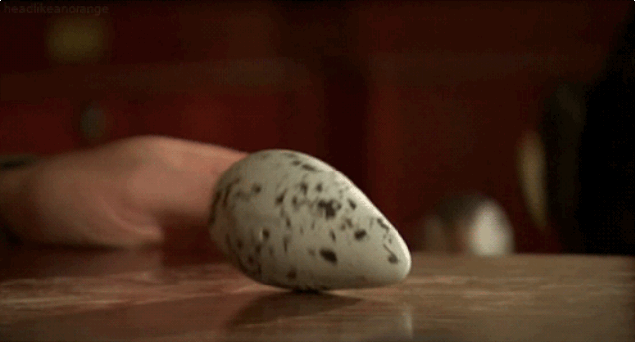By Anupum Pant
Linear growth is only what we can visualize well. Estimating things that grow exponentially, is something not many of us can do properly.
Here’s what happens when you fold a piece of paper. A paper of thickness 1/10 of a millimetre doubles its thickness. On the second fold it is 4 times the initial thickness and so on. It doesn’t really seem like it would grow a lot after, say, 10 folds, right?
After 10 folds, the paper which was about the thickness of your hair, turns into something that is as thick as your hand.
Without any calculation, how thick do you think would it become if you could fold it 103 times? (I know, no one has ever folded a paper more than 12 times)
Think about this for a second: How many times do you think would you have to fold a paper to make it 1 kilometre thick? The answer is 23. Yes, it takes just 13 more folds to go from the thickness of a hand to a whole kilometre.
Turns out, if you manage to somehow fold a paper 30 times, it would become 100 km tall. The paper would now reach the space.
For the sake of imagining how exponential growth works, a paper folded 103 times would be about 93 Billion light years thick – which is also the estimated size of the observable universe.
Watch the video below to see one other great example of how exponential growth can mess with you.









